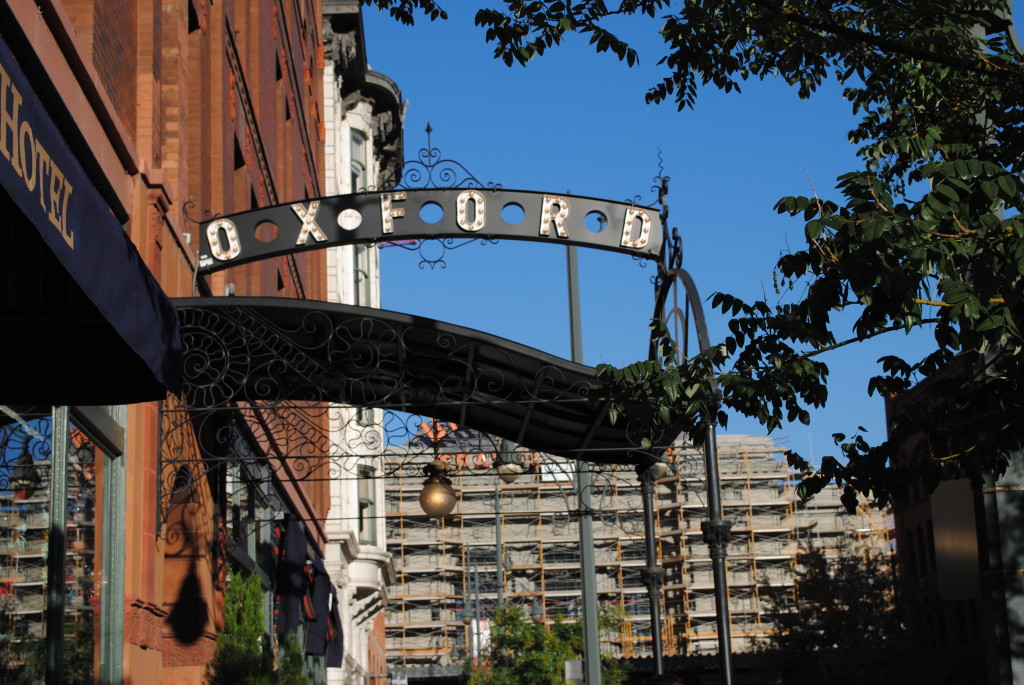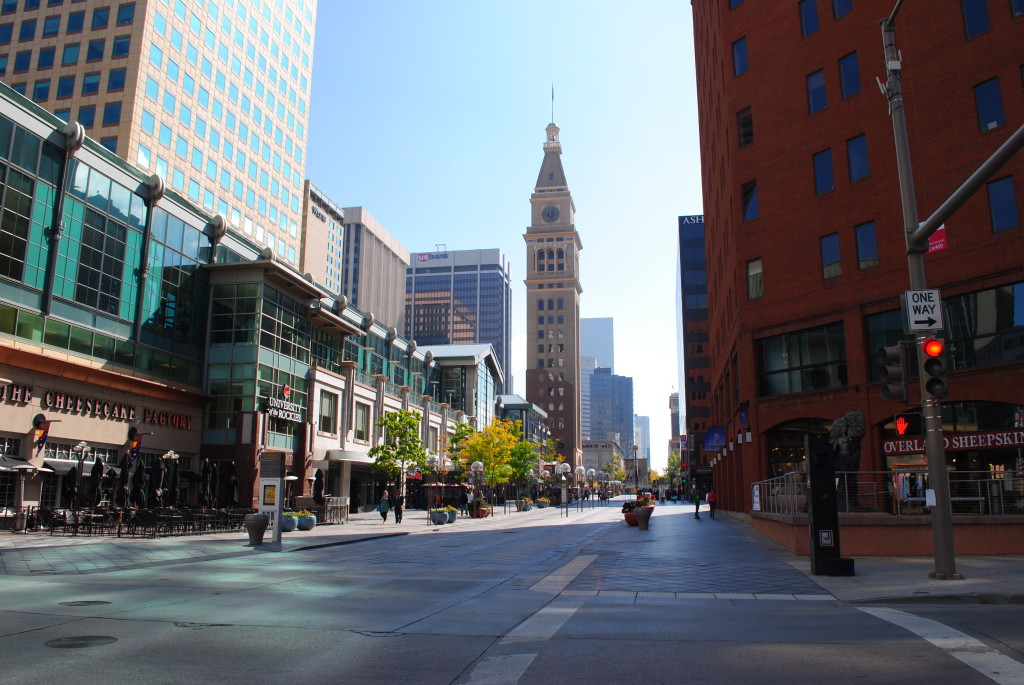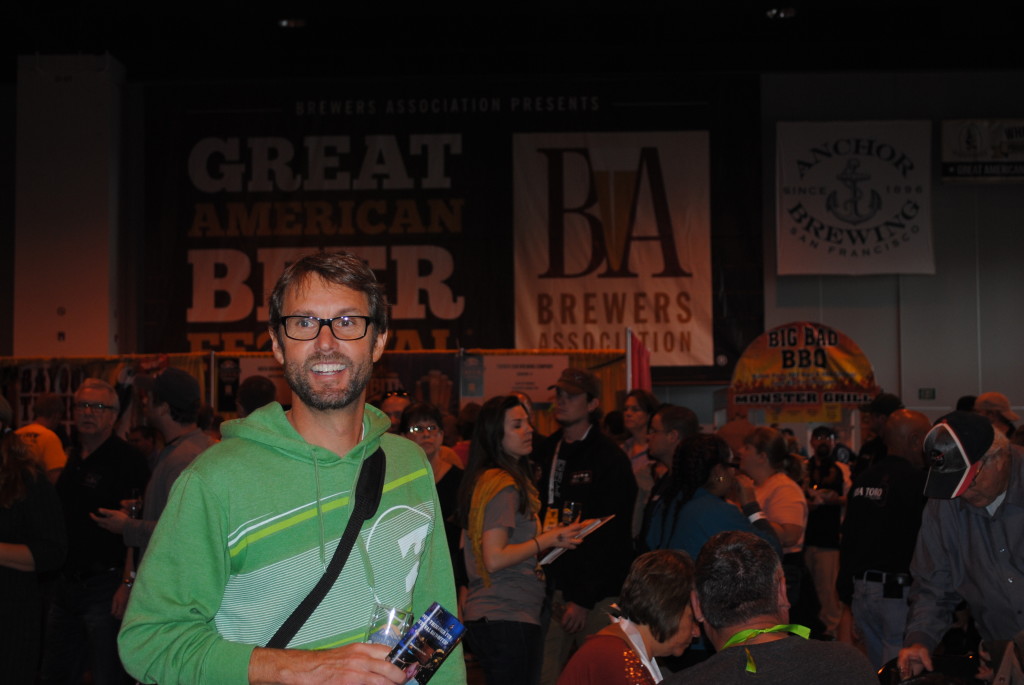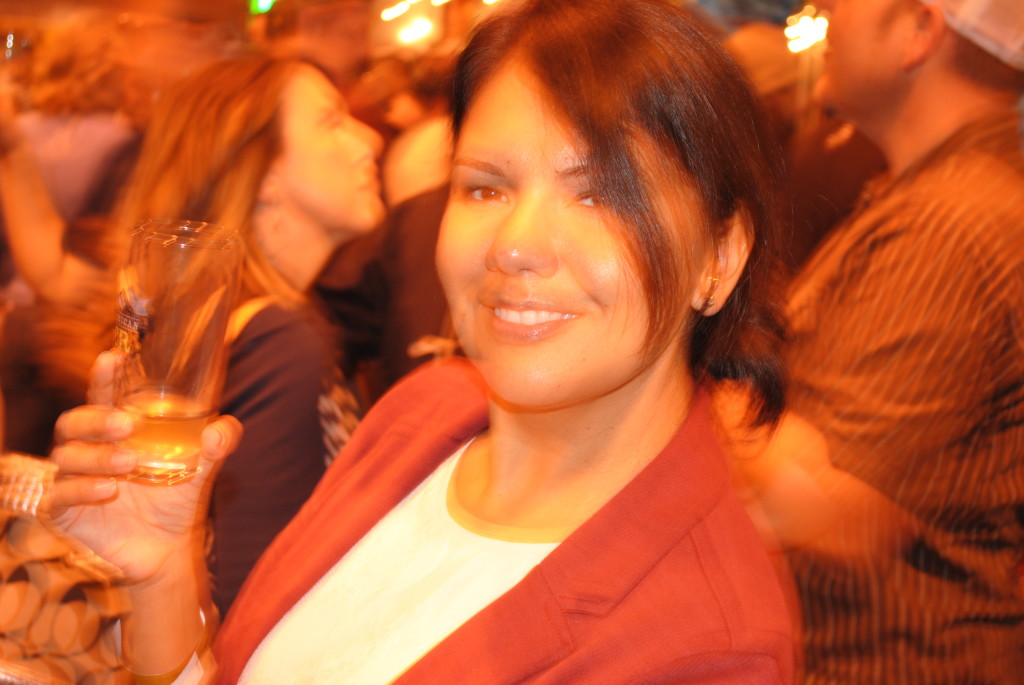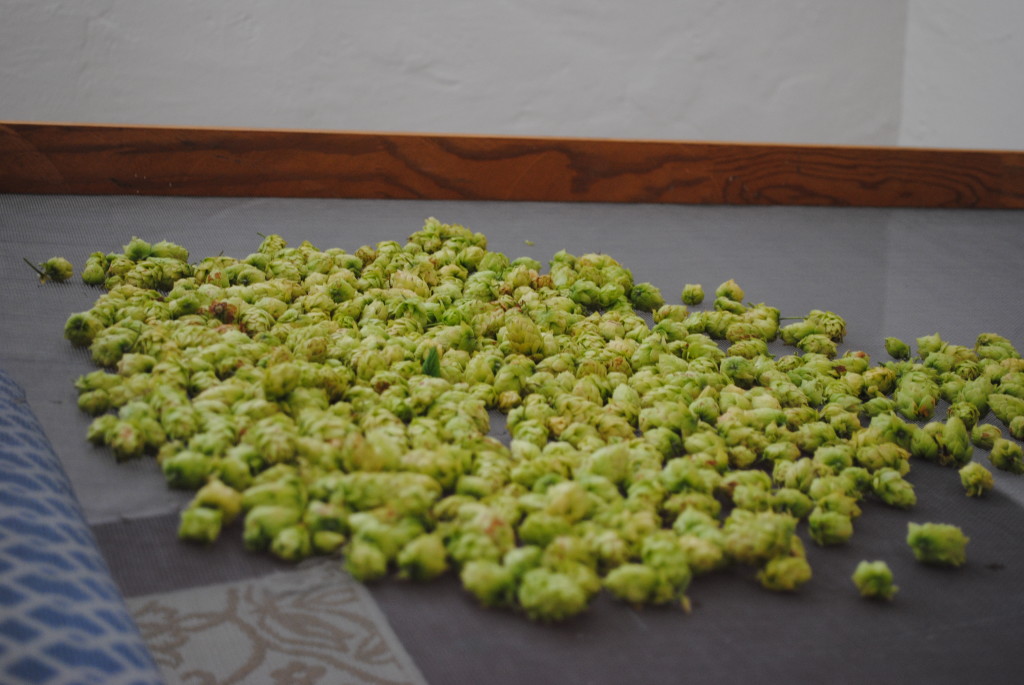Sometimes technology is not our friend. Could be another case of Moore’s law too. I think BeerSmith is an awesome program but when you start to rely on it too much bad things can happen. BeerSmith reminds me of Photoshop a bit. You can use it right away but to use it properly it has a high learning curve. One of things that drives me crazy is the presets and particularly the liquor to grain ratio presets on the the mash types. It’s default is 1.25 quarts per pound. For some reason my mash tun doesn’t get good efficiency at that liquor to grist ratio and I use 1.5 quarts per pound where I get about a 75% mash efficiency.
Anyhow, right before I was going to brew I double checked my mash setting and wanted it a bit drier so selected Single Infusion, Light Body, Batch Sparge without thinking to much about it and printed the recipe. Damn thing reset to 1.25 quarts per pound. So to make up for the 10% efficiency loss added another 10% sugar. It’s a Belgian so figured it couldn’t hurt. What do they call it – easily digestible. We’ll see… kind of miss the days where you had to work all this stuff out by hand. You were definitely less likely to screw up.
Below is the adjusted recipe with all sugar added and a 1.5 quart per pound liquor to grain ration.
6 gallons
Estimated OG: 1.060
Estimated FG: 1.004
Estimated Color: 19 SRM
Estimated IBU: 28 IBUs
Brewhouse Efficiency: 65.00 %
ABV: 7.4%
Grain
7 lbs 8.0oz Pilsner (2 Row) Bel (2.0 SRM) 53.6 %
1 lbs White Wheat Malt (2.4 SRM) 7.1%
1 lbs Candi Sugar (90 SRM) 7.1%
1 lbs Sugar, Table (Sucrose) (1.0 SRM) 7.1%
12 oz Aromatic (26 SRM) 5.4%
11.2 oz Munich (9 SRM) 5.0%
7.2 oz Biscuit Malt (23 SRM) 3.2%
7.2 oz Caramunich (56 SRM) 3.2%
7.2 oz Honey Malt (25 SMR) 3.2%
7.2 oz Special B (180 SRM) 3.2%
Schedule
28.00 g Fuggles [6 %] – Boil 60.0 min 17.2 IBUs
14.00 g Fuggles [6 %] – Boil 30.0 min 6.6 IBUs
14.00 g Fuggles [6 %] – Boil 15.0 min 4.3 IBUs
4 oz Raisins – Boil 5 minutes
Whirfloc or Irish Moss 20 min
1tsp yeast nutrient 15 min
Mash and Sparge
Half RO water
Half Ventura water(high bicarbonates and sulfates)
5.00 g Calcium Chloride added to mash water
Mash in 4.75 gallons 158F and let stabilize to 148F for 75 min
Mash out 168F 15 minutes
Batch Sparge 4.7 gallons 170F
Yeast
WLP 530 Trappist Ale – 2L starter
